- Types of Shrews
- Shrew
- Animal nutrition
The shrew is a representative of the order of shrews belonging to insectivorous animals. They are often mistakenly called rodents because of their resemblance to field mouse. But the closest relatives of the animals are hedgehogs and moles. The large number of these small animals is due to the lack of natural enemies. This is due to the fact that in shrews, the coat is coated with a special lubricant released by the skin glands. The smell of a greasy substance scares away any predator, with the exception of some species of snakes in tropical countries.
Types of Shrews
About 300 known types of shrews. Photos and descriptions of varieties of animals are widely represented on Internet resources. The most famous species of these animals are:
- shrew and its types;
- shrew and its varieties;
- water shrews;
- elephant shrews and others.
A tiny shrew is widely spread - the smallest representative of mammals, their body length is only 3-5 cm without tail length. The shrew got its name for brown enamel on the tips of the teeth, which protects them from premature grinding. In addition to the brown color of the enamel, the hair of the shrew also has a brown tint.
A shrew or a dwarf mnogubzka is a representative of insectivores, characterized by a white color of tooth enamel and a body size of about 7 cm. It is less common than its dwarf relative and has a gray coat color.
On a note!
The largest representative of shrews is the giant shrew. The size of her body can reach 15 cm, and the tail length is 10 cm. The color of shrew fur varies from light gray to almost black. A giant shrew, despite its innocuous life activity, very often becomes a victim of people who confuse it with rat.
A water shrew or an ordinary kutora is a large insectivore that prefers to live on the banks of fresh water bodies. A distinctive feature of the structure of the water animal is the presence of hard hairs on the legs for more efficient movement in the water and waterproof coat. Her appearance resembles water rat. The diet of kutory includes small species of fish, amphibians, insects. The color of the water dweller is gray, and the stomach has a lighter shade.
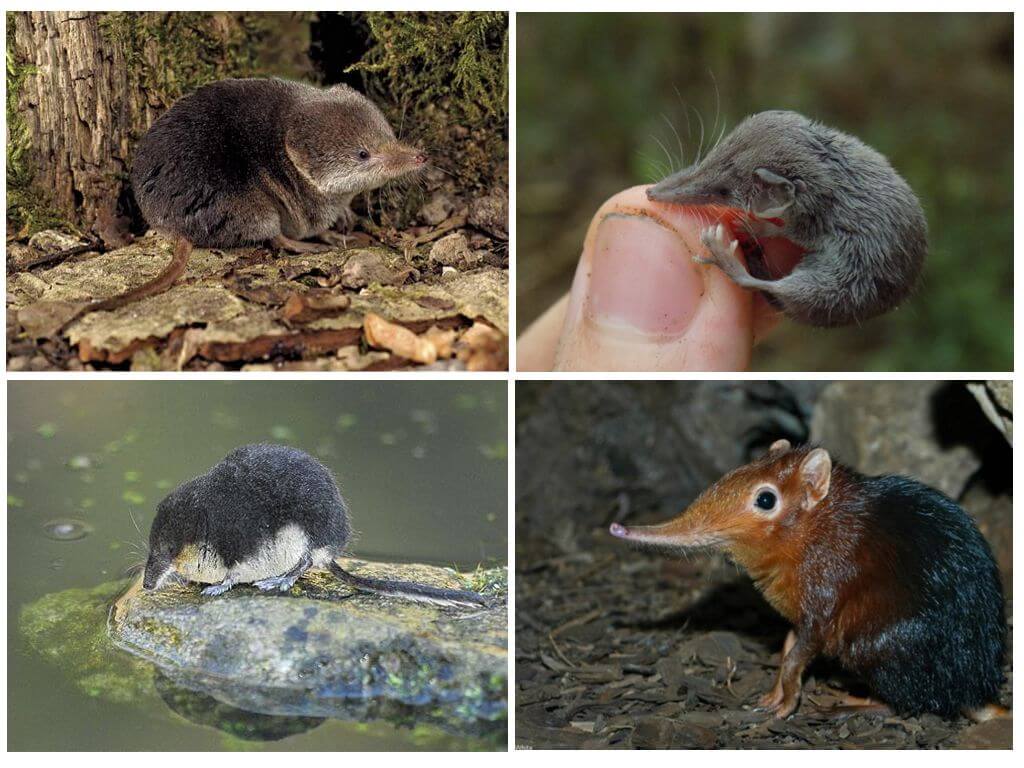
Animal Habitats
Shrews are ubiquitous, with the exception of the polar territories. Most often they can be found in countries of Asia, Europe, Africa, North America, Russia. They prefer to live mainly in moist soil near ponds and swamps. Often they settle in hollows of trees, rotten stumps, in fallen leaves. Sometimes shrews inhabit mole burrows.
Animals rarely change their place of residence, preferring to explore a territory of several tens of square meters. Most often, their country house or garden becomes their home. While digging holes in search of insects, a shrew can dig a whole garden of several hundred hectares of land in a day.
Interesting!
In the event of the appearance of an uninvited invader of the territory, shrews can defend their site and fight with an opponent to death.
On one land plot of several hundred hectares of land live no more than two adults.Shrews do not like to migrate of their own free will, adhere to one territory throughout their lives. An exception is their forced removal by humans. After a careful study of a piece of land, the animal moves to the neighboring territory until new insects appear on the old one.
Features of the structure, the appearance of the shrew
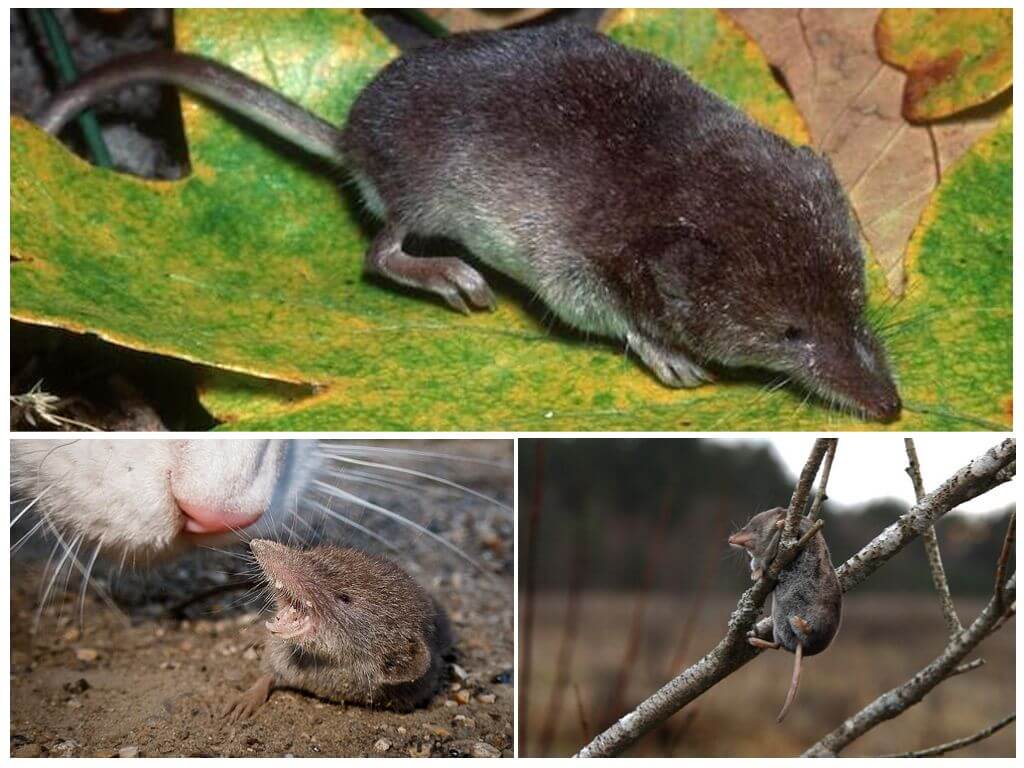
The animal shrew received the title of pest due to its insatiable appetite. He has a very fast metabolism, so he spends all his waking hours looking for food, occasionally interrupting for rest and sleep.
The size of the shrews does not exceed the size of a conventional mouse. These small mammals rarely reach 5-7 cm in length. Very often, the animal is confused with the mouse, so all gardeners and gardeners should know what a shrew looks like:
- she has a thicker tail;
- proboscis elongated, movable nose;
- short coat color can vary from light brown to dark gray.
The eyes of a small resident of the garden are blind, like many representatives of shrews. The main sensory organs are hearing and smell. The large ears of the shrew function as sonar and transmit all information about the environment. The sharp scent allows you to find even underground insects, which feeds on the shrew.
Nutrition and Reproduction
The animal does not cause direct harm to humans. Unlike mice, shrews do not harm summer residents. Even, on the contrary, they destroy many enemies of the garden. Favorite food for them are:
- Bears
- leaf beetles;
- May beetles;
- slugs;
- wood lice;
- caterpillars
- spiders
- earthworms;
- larvae.
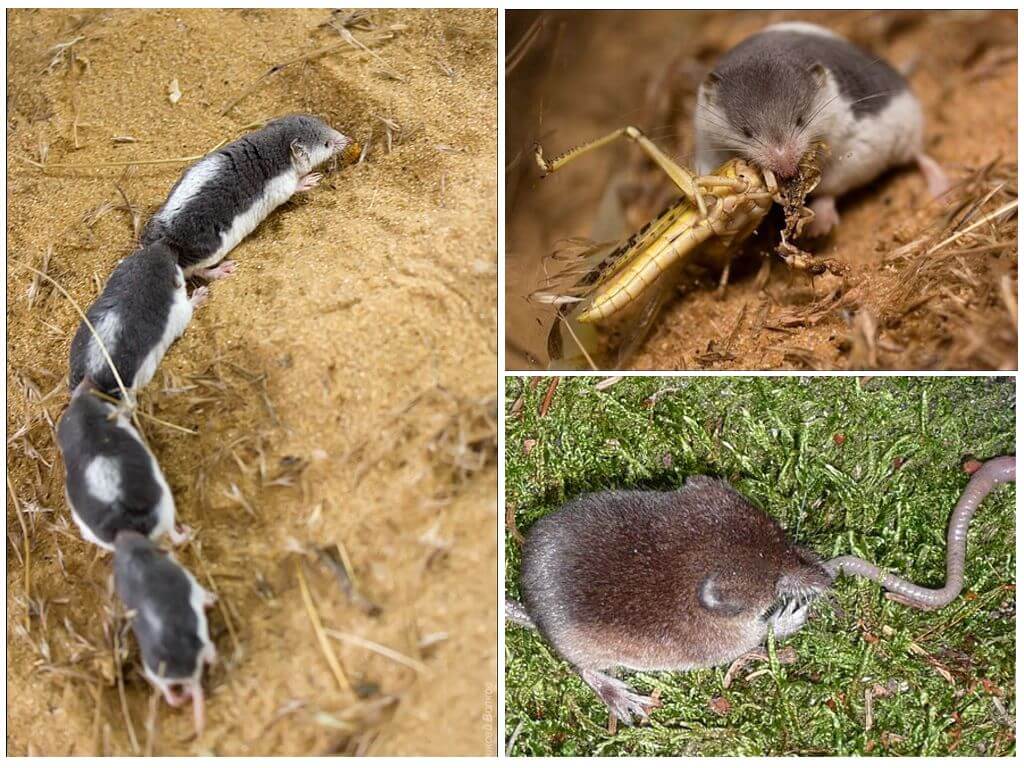
In addition to insects, animals sometimes eat grains and seeds of plants. In the pursuit of food, a shrew can damage the root system of garden and horticultural crops. Drainage of the soil and its purification from pests is of greater benefit than the likelihood of death of plants from the tricks of a tailed resident. But lawns or flower beds pitted with holes are unlikely to please the owners of land plots. Therefore, these animals have a bad reputation, and many summer residents try get rid of shrews on the site.
For a day, a mammal can eat food in bulk, which is 4 times the weight of the eater itself. Such an appetite in the event of a lack of food can bring the animal to the extreme - he begins to hunt small lizards or his relatives. If within 8-9 hours he fails to find food, the animal dies of hunger. In winter, starvation occurs within 3-4 hours, so few shrews survive until spring.
In its short life, from 1 to 2 years, a shrew is able to endure and raise up to 6 litters. In a pre-prepared nest, lined with soft bedding, from 3 to 10 blind babies appear. A caring female feeds her young with milk, gradually transferring them to solid food. At the end of 3 weeks, babies become independent individuals.
Interesting!
There are cases when a shrew brought up to 20 babies at a time. During the summer season, under favorable conditions, one female can raise about 40 cubs. And some of her babies themselves will have time to give offspring before the end of the current summer period.
After two weeks, the cubs are able to move independently and leave the mink. They move, holding their teeth at the base of the tail in front of the walking animal. With such a train they follow Mom everywhere so as not to get lost.
Until now, these animals are not monogamous or polygamous. They are poorly studied, since they are mainly nocturnal and spend a lot of time underground. It is known that both parents prepare the nest for future offspring.
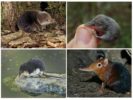
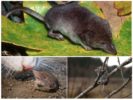

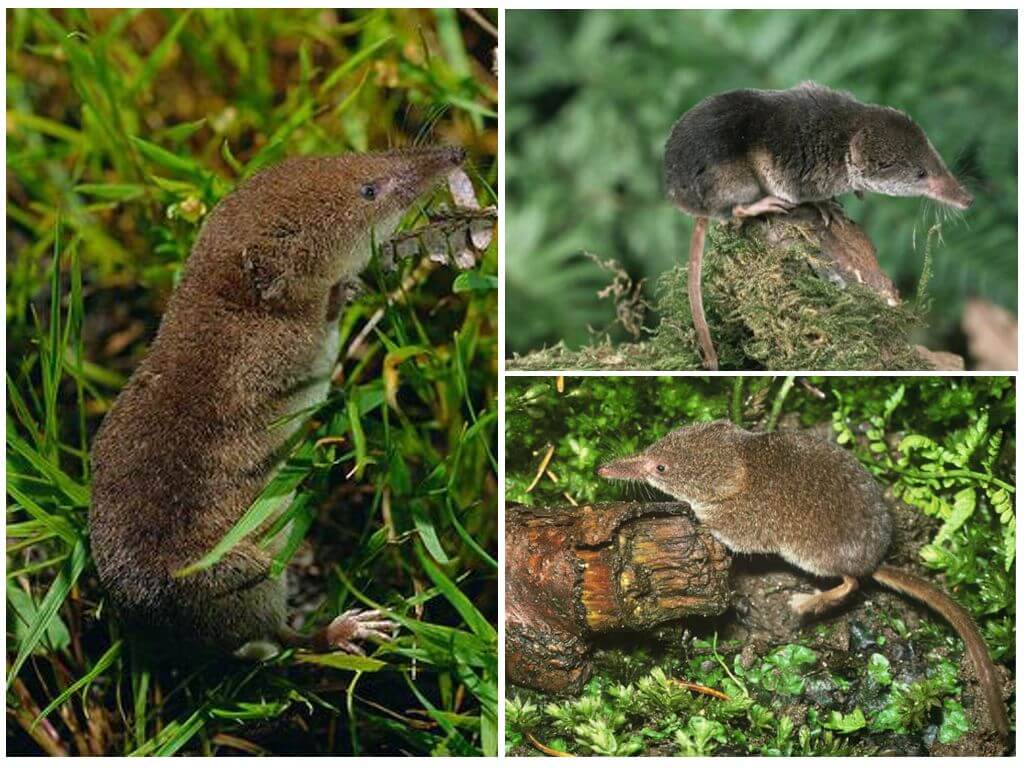

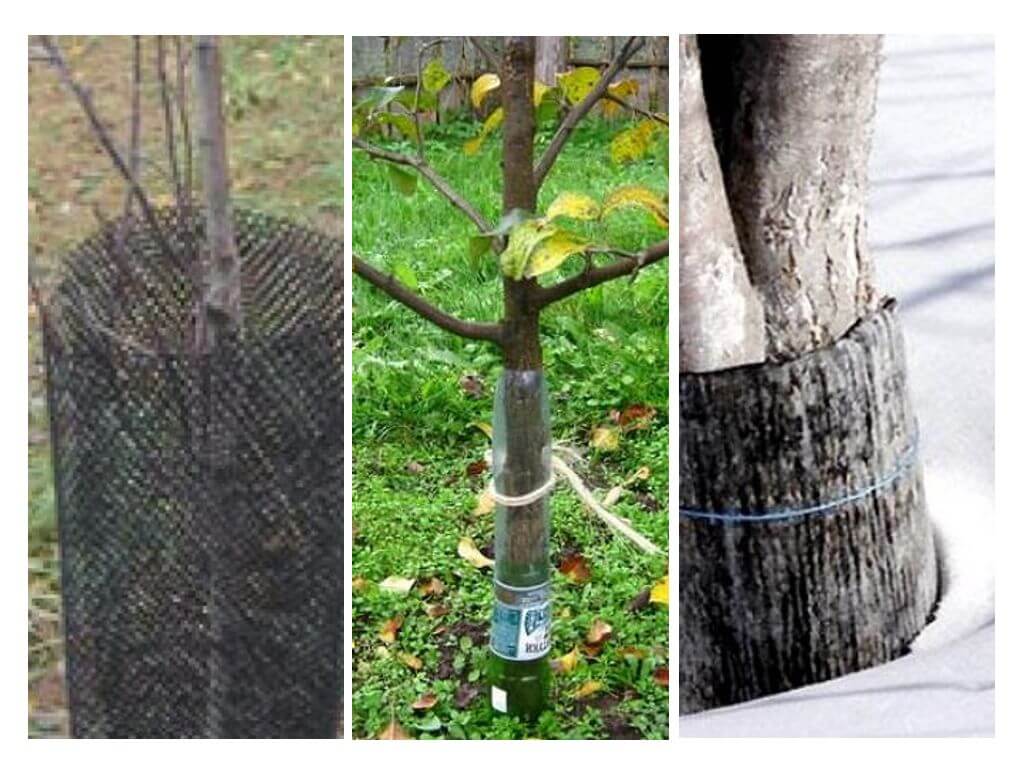
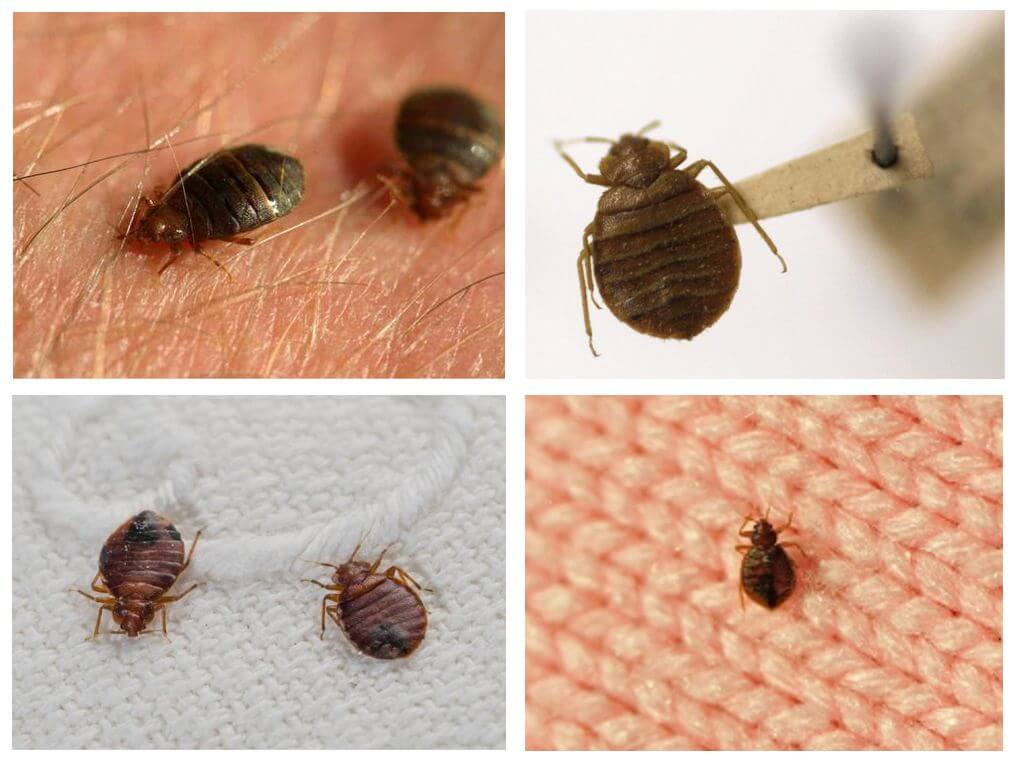
I never thought that shrews are a separate species, not related to mice.
My parents always fought with them in the garden. Poured water into holes, set traps. And judging by the article, they are not so harmful.
And for me, they are all pests: rats, mice, shrews, moles. They don’t bring anything good! They spoil the harvest, dig holes and spread infections! Yes, and nasty in appearance.
In vain you slander them. Moles and shrews do more good than harm. Of course, it is unpleasant that someone is hosting your garden) It is better to put up with their presence than to waste nerves and time to capture them.
According to the article, shrews are very prolific. And where then their offspring disappears? Live on the same site as the parents? So this is a whole army of diggers! There will be nothing left of the garden.